Perilla Mint Plant (Perilla frutescens) Health Benefits and Uses
Perilla can be used in various forms, including leaves, seeds, and oil, making it a versatile addition to both culinary and medicinal practices.
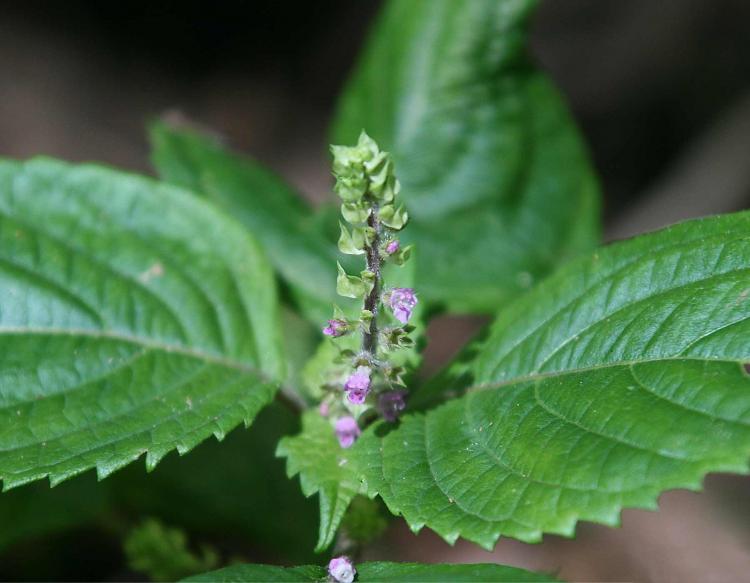
Health Benefits Perilla mint plant (Perilla frutescens)
- Rich in Omega-3 Fatty Acids: Perilla oil is a great source of alpha-linolenic acid (ALA), an essential omega-3 fatty acid that supports cardiovascular health by reducing inflammation and improving blood vessel function.
- Anti-Inflammatory Properties: Compounds like rosmarinic acid and luteolin in perilla have strong anti-inflammatory effects, which can help alleviate symptoms of conditions like rheumatoid arthritis and asthma.
- Antioxidant Effects: Perilla is rich in antioxidants, including flavonoids and polyphenols, which help combat oxidative stress and protect cells from damage caused by free radicals.
- Anti-Allergic: Perilla leaves have anti-allergic properties that can help manage symptoms of hay fever and other allergic reactions.
- Digestive Aid: Perilla is known to aid digestion and relieve symptoms of gastrointestinal issues, such as food poisoning.
- Mental Health: Some studies suggest that perilla may have antidepressant properties, helping to alleviate symptoms of depression and anxiety.
- Immune-Boosting: The bioactive compounds in perilla can help boost the immune system, making it more effective at fighting off infections.
- Tumor-Preventing Properties: Perilla leaf extracts have shown potential in preventing the growth of certain types of tumours.
- Skin Health: The anti-inflammatory and antioxidant properties of perilla can help improve skin health by reducing inflammation and protecting against oxidative damage.
- Respiratory Health: Perilla has been used traditionally to treat respiratory conditions like asthma and bronchitis due to its anti-inflammatory and anti-allergic effects
Chemical Properties of Perilla mint (Perilla frutescens)
Perilla mint (Perilla frutescens) is rich in various bioactive compounds that contribute to its medicinal and nutritional properties. Here are some of the key chemical properties:
- Phenolic Compounds: These include rosmarinic acid, caffeic acid, and ferulic acid. Phenolic compounds are known for their antioxidant properties, which help protect cells from oxidative damage.
- Flavonoids: Perilla contains flavonoids such as luteolin and apigenin. Flavonoids have anti-inflammatory, antioxidant, and anti-allergic properties.
- Essential Oils: The plant’s essential oils include compounds like perillaldehyde, which contribute to its aromatic properties and have antimicrobial effects.
- Fatty Acids: Perilla seeds are rich in alpha-linolenic acid (ALA), an omega-3 fatty acid that supports cardiovascular health.
- Terpenoids: These compounds, including perilla ketones, have various biological activities, such as anti-inflammatory and antimicrobial effects.
- Phytosterols: These compounds, found in the seeds, help lower cholesterol levels and support heart health.
- Tocopherols: Perilla contains tocopherols (vitamin E compounds), which have antioxidant properties and support skin health.
- Policosanols: These are long-chain alcohols that can help reduce cholesterol levels and improve cardiovascular health.
- Alkaloids: Perilla contains alkaloids, which have various pharmacological effects, including anti-inflammatory and analgesic properties.
- Quinones: These compounds have antimicrobial and antioxidant properties, contributing to the plant’s overall health benefits.
These chemical properties make Perilla mint a valuable plant for both culinary and medicinal uses. Have you used Perilla mint in any of your herbal remedies or recipes?
How to Use the Perilla Mint (Perilla frutescens) as Herbal Medicine
Perilla mint (Perilla frutescens) can be used in various ways as herbal medicine. Here are some common methods:
- Tea: Perilla leaves can be dried and used to make a soothing tea. Simply steep a few dried leaves in hot water for about 5-10 minutes. This tea can help with digestive issues and respiratory conditions like asthma and cough.
- Oil: Perilla seed oil is rich in omega-3 fatty acids and can be used both internally and externally. Internally, it can be taken as a supplement to support cardiovascular health. Externally, it can be applied to the skin to help with inflammation and improve skin health.
- Poultice: Fresh perilla leaves can be crushed and applied directly to the skin as a poultice to help reduce inflammation and treat skin conditions.
- Capsules: Perilla extract is available in capsule form and can be taken as a dietary supplement to boost the immune system and reduce allergy symptoms.
- Culinary Uses: Perilla leaves can be used in cooking, much like basil or mint. They can be added to salads, soups, and stir-fries, providing both flavour and health benefits.
- Tincture: A tincture can be made by soaking perilla leaves in alcohol for several weeks. This concentrated form can be used to treat various ailments, including digestive issues and respiratory conditions.
- Inhalation: The essential oil of perilla can be used in aromatherapy. Adding a few drops to a diffuser can help with respiratory issues and provide a calming effect.
- Decoction: Perilla seeds can be boiled to make a decoction, which can be used to treat gastrointestinal issues and as a general health tonic.
- Topical Application: Perilla oil can be mixed with carrier oil and applied to the skin to help with conditions like eczema and dermatitis.
- Herbal Bath: Adding perilla leaves to a warm bath can help soothe the skin and provide relief from inflammation
Safety and side effects of the Perilla mint (Perilla frutescens)
Perilla mint (Perilla frutescens) is generally considered safe for most people when used appropriately, but there are some potential side effects and precautions to be aware of:
- Allergic Reactions: Some people might be allergic to perilla. Symptoms can include skin rashes, itching, and swelling.
- Skin Irritation: When applied topically, perilla oil can cause skin irritation or allergic reactions in some individuals.
- Respiratory Issues: The flowers of the perilla plant contain ketones that can cause respiratory distress syndrome if consumed in large quantities.
- Pregnancy and Breastfeeding: There isn’t enough reliable information to determine the safety of perilla during pregnancy and breastfeeding. It’s best to avoid use during these times.
- Gastrointestinal Upset: In some cases, consuming perilla might cause mild gastrointestinal issues such as nausea or stomach discomfort.
- Interaction with Medications: Perilla might interact with certain medications. It’s important to consult with a healthcare provider before using Perilla if you are taking any prescription medications.
- Dosage: The appropriate dosage of perilla depends on various factors, including age, health, and other conditions. It’s important to follow relevant directions on product labels and consult a healthcare professional before use.
- Long-Term Use: While perilla is possibly safe when taken by mouth for up to 8-12 months, long-term safety has not been well studied.
- Toxicity in Large Quantities: Consuming large quantities of perilla, especially flowers, can be toxic and lead to serious health issues.
- General Precautions: As with any herbal supplement, it’s important to use perilla with caution and under the guidance of a healthcare professional to avoid potential adverse effects
External links
safety and side effects of the Perilla mint (Perilla frutescens)
chemical properties



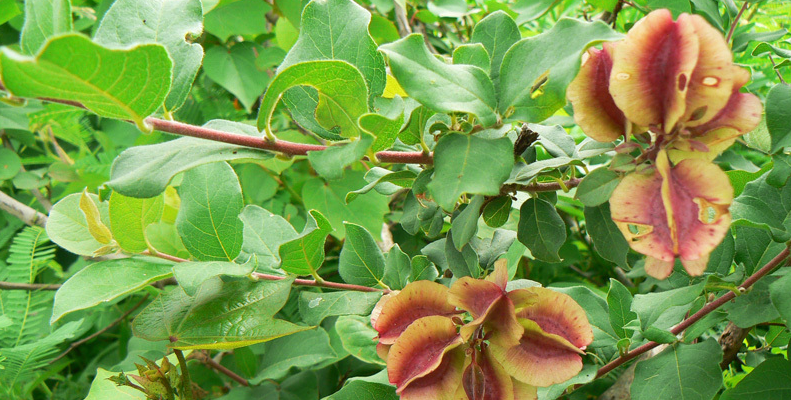

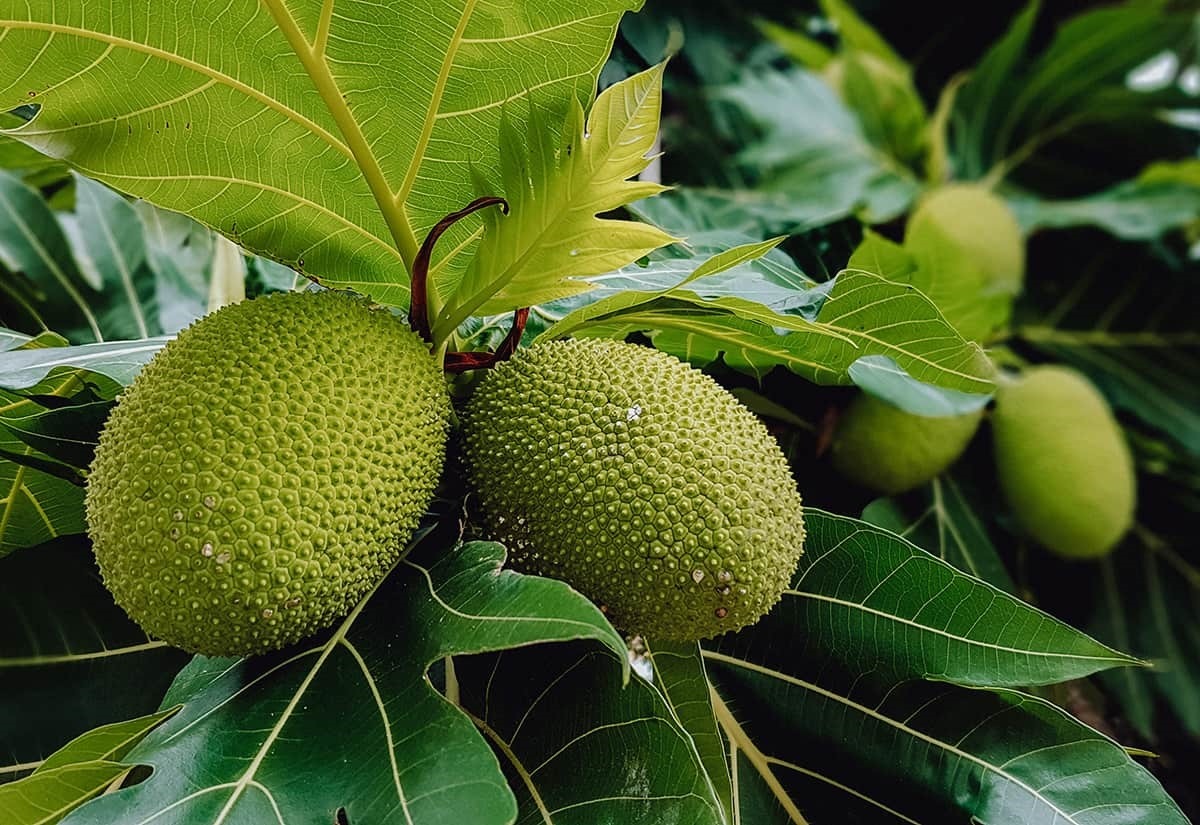
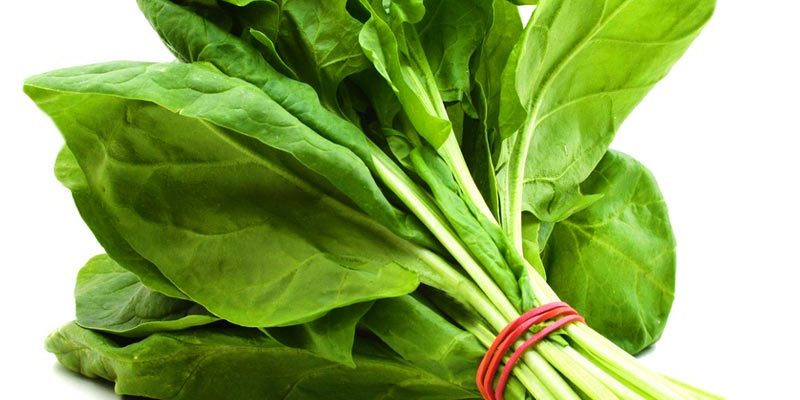
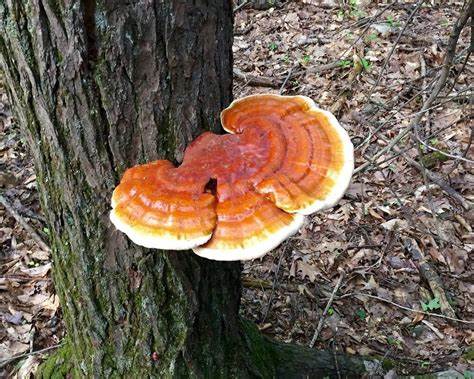

Review Perilla mint plant (Perilla frutescens).
You must be logged in to post a review.